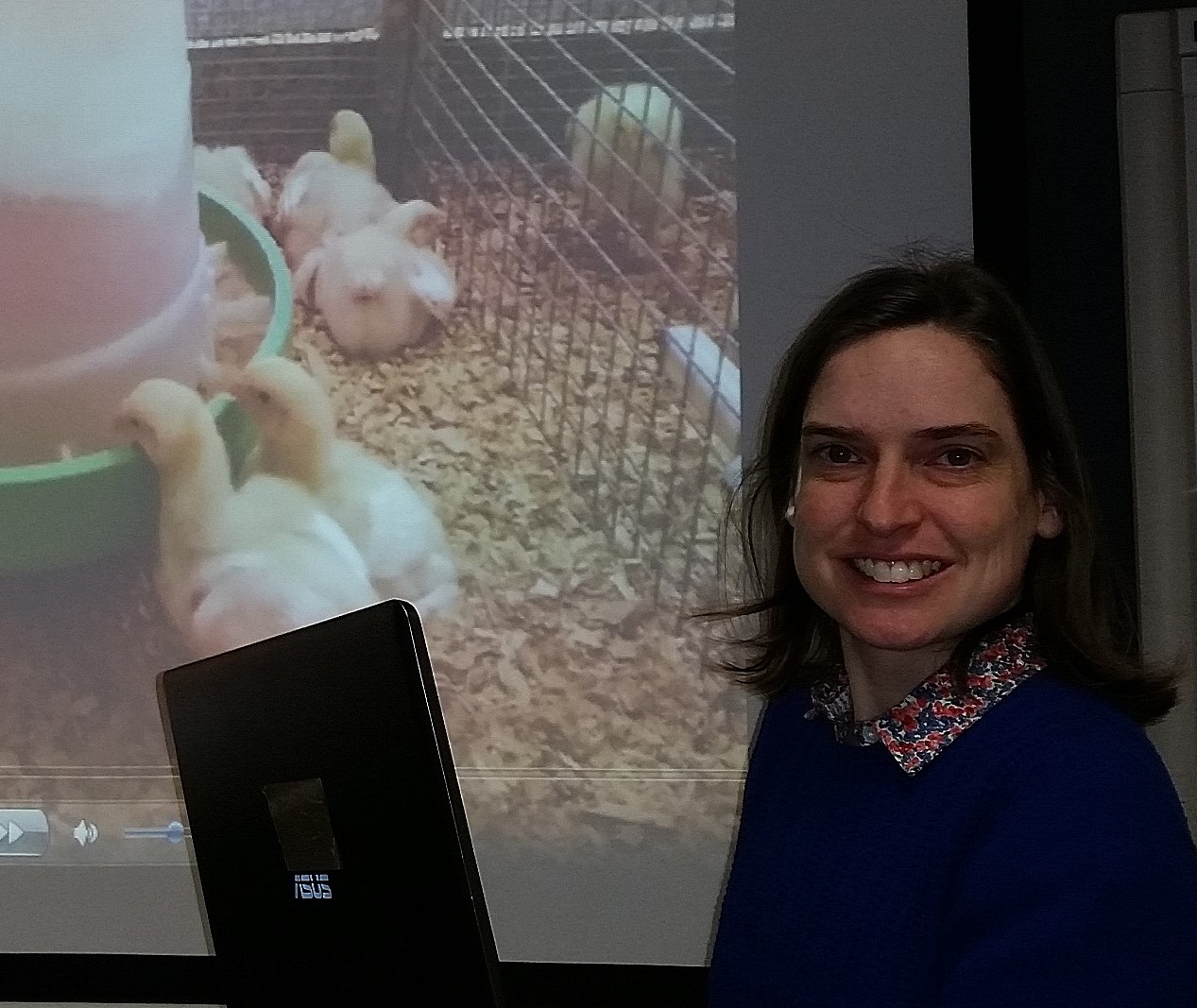
Chicken sheds are typically inspected three times per day, and as there are no automated in-shed monitoring systems of chicken behaviour in Australia, growers rely on the human eye. Dr McCarthy is developing machine vision technology for monitoring broiler flocks in Australian sheds, to provide early detection of emerging flock conditions and provide alerts for growers.
Machine vision technology consists of cameras and artificial intelligence to identify patterns in behaviours that are not always discernible by eye. The current project is evaluating and refining proof-of-concept machine vision flock monitoring technology for Australian conditions, for the diagnosis of temperature stress or foot conditions, allowing the grower to implement interventions. The project will also develop other capabilities such as bird weight estimations to assist growers and processors in forecasting.
Why is this research project important?
Monitoring of flocks in sheds is critical for maintaining and enhancing chicken welfare, tracking weight gain and detecting early signs of disease. Chickens may exhibit different behaviours like sitting and panting which can be indicative of heat stress, or changes in walking patterns or routines that indicate adverse foot conditions. Current shed monitoring relies on the human eye and current technologies consist of environmental sensors, feed and water use sensors and weigh scales. Automation by machine vision technology has the potential to reduce labour costs, human error and provide real-time feedback.
This proof-of-concept data-rich sensing technology will complement existing shed monitoring technologies and routine inspections by farm staff, by performing automated analysis of bird behaviour and appearance. In addition to monitoring behaviours, dimensional measurements of bird size can be obtained from video images, to assist with forecasting, as well as detecting anomalies in bird appearance, feather conditions and lesions.










